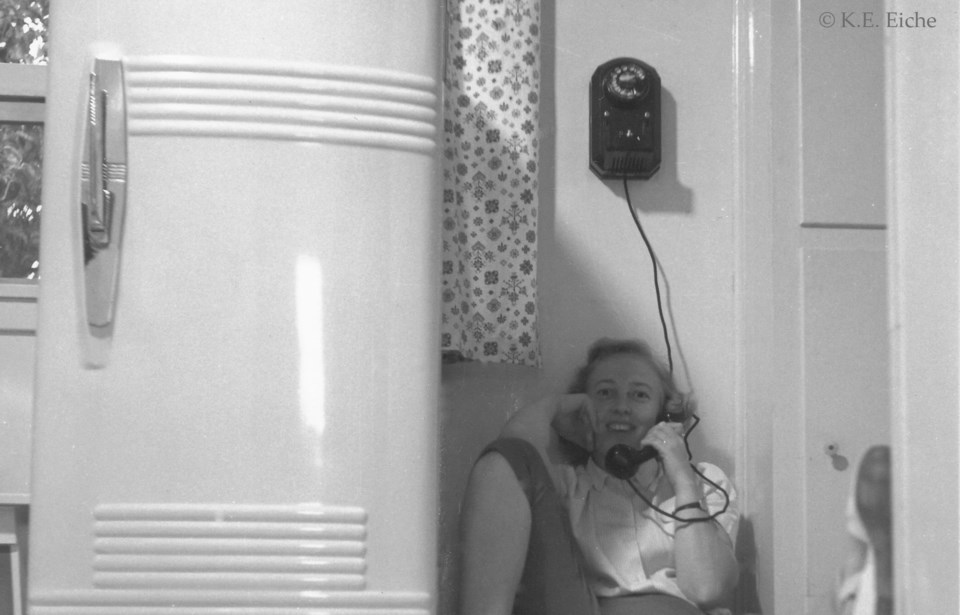I was walking near the Minoru Centre for Active Living. Lots of people were out, some running around the track, some exercising, and many young adults taking the air with their babies or toddlers. Ahead of me was a woman pushing a stroller. She was looking down, and I could see the thumb of one hand constantly engaged with her smartphone. The baby in the stroller was looking at its mother. I stayed behind them, curious to find out if the phone’s domination of the mother’s attention was momentary or continual. Fifteen minutes later I gave up. She’d lifted her eyes from the phone only once, to avoid colliding with someone else who, like her, was rivetted to their smartphone.
Plenty has been written on the subject of the design of strollers, whether it’s better for the infant to be facing you, or facing outwards. To me, it makes more sense for the baby to be facing you. How can you bond if you don’t look at one another? How can you communicate if there’s no eye contact? I wonder, what kind of interpersonal skills will that baby with the smartphone-fixated mother develop as it grows?
Real, live – as opposed to virtual – communication is fast becoming a lost art, in my opinion. If it were a species of fauna or flora, I would say it was on the brink of extinction. Technology has provided us with devices for communicating while we’re physically separated, and it seems to me that these artificial, or ersatz, solutions are on track to replace the genuine thing. But surely they weren’t intended to become the preferred means for us to interact with each other – or, looking at it another way, to cut off live interaction? Did nobody envisage what would happen to us, especially mentally and socially, once we let these devices run our lives?
John Mitchell and Martin Cooper of Motorola couldn’t have imagined how, and at what speed, the technology would progress when they created the first hand-held mobile phone (weighing 2 kilos) in 1973. Before that, phones were not cordless. My parents got their first telephone in 1956, when we came to Canada from Germany. It was a rotary telephone, installed on the wall in the kitchen next to the refrigerator. Its cord was just long enough to allow the user to open the door of the refrigerator and reach inside.
If you wanted to make a private phone call, you had to wait until you were alone in the house. When I was a teenager and tended to monopolize the phone with long calls to friends, I often saw my parents mouth the words, “Please hang up!”
Those are words that I now murmur, inaudibly, when I see someone glued to their smartphone, ignoring everything around them. I see these ‘detached’ people from my window, walking down the sidewalk, blind to the wealth of snowdrops, crocuses and daffodils spread beneath my linden tree. I’ve seen a father and young son, sitting side by side on a bench, each engrossed in their own smartphone – like a couple of strangers. I’ve watched a father in the playground at Minoru Park, pushing his toddler on the swing with one hand, the other hand (and both eyes) lured by the charms of his smartphone.
Please, hang up!
Sabine Eiche is a local writer and art historian with a PhD from Princeton University. She is passionately involved in preserving the environment and protecting nature. Her columns deal with a broad range of topics and often include the history (etymology) of words in order to shed extra light on the subject.

.jpg;w=120;h=80;mode=crop)

